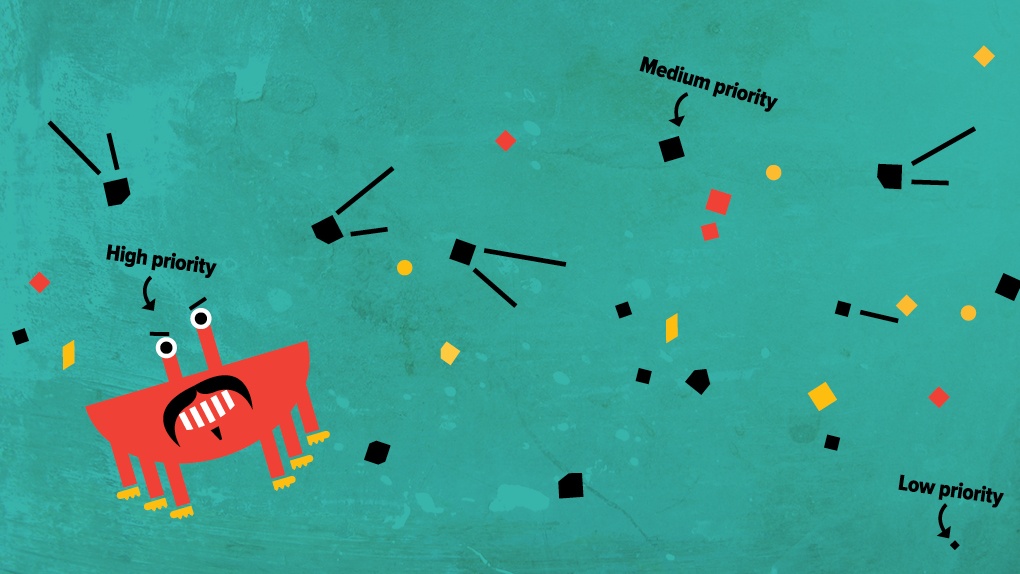
From Symantec – Sept. 5, 2012 – Norton by Symantec (NASDAQ:SYMC) today released the findings of its annual Norton Cybercrime Report, one of the world’s largest consumer cybercrime studies. The study is aimed at understanding how cybercrime affects consumers, and how the adoption and evolution of new technologies impacts people’s security. With findings based on self-reported experiences of more than 13,000 adults across 24 countries, the 2012 edition of the Norton Cybercrime Report calculates the direct costs1 associated with global consumer cybercrime at US $110 billion2 over the past twelve months.
Every second, 18 adults become a victim of cybercrime3, resulting in more than one-and-a-half million cybercrime victims each day on a global level. With losses totaling an average of US $197 per victim across the world in direct financial costs4, cybercrime costs consumers more than a week’s worth of nutritious food necessities for a family of four5. In the past twelve months, an estimated 556 million6 adults across the world experienced cybercrime, more than the entire population of the European Union.7 This figure represents 46 percent of online adults who have been victims of cybercrime in the past twelve months, on par with the findings from 2011 (45 percent).
Changing Face of Cybercrime
This year’s survey shows an increase in “new” forms of cybercrime compared to last year, such as those found on social networks or mobile devices8 - a sign that cybercriminals are starting to focus their efforts on these increasingly popular platforms. One in five online adults (21 percent) has been a victim of either social or mobile cybercrime, and 39 percent of social network users have been victims of social cybercrime, specifically:
- 15 percent of social network users reported someone had hacked into their profile and pretended to be them.
- 1 in 10 social network users said they’d fallen victim to a scam or fake link on social network platforms.
- While 75 percent believe that cybercriminals are setting their sights on social networks, less than half (44 percent) actually use a security solution which protects them from social network threats and only 49 percent use the privacy settings to control what information they share, and with whom.
- Nearly one-third (31 percent) of mobile users received a text message from someone they didn’t know requesting that they click on an embedded link or dial an unknown number to retrieve a “voicemail”.
“Cybercriminals are changing their tactics to target fast growing mobile platforms and social networks where consumers are less aware of security risks,” says Marian Merritt, Norton Internet Safety Advocate. “This mirrors what we saw in this year’s Symantec Internet Security Threat Report9 which reported nearly twice the mobile vulnerabilities in 2011from the year before.”
The 2012 Norton Cybercrime Report also reveals that most Internet users take the basic steps to protect themselves and their personal information - such as deleting suspicious emails and being careful with their personal details online. However, other core precautions are being ignored: 40 percent don’t use complex passwords or change their passwords frequently and more than a third do not check for the padlock symbol in the browser before entering sensitive personal information, such as banking details, online.
In addition, this year’s report also indicates that many online adults are unaware as to how some of the most common forms of cybercrime have evolved over the years and thus have a difficult time recognizing how malware, such as viruses, act on their computer. In fact, 40 percent of adults do not know that malware can operate in a discreet fashion, making it hard to know if a computer has been compromised, and more than half (55 percent) are not certain that their computer is currently clean and free of viruses.
“Malware and viruses used to wreak obvious havoc on your computer,” Merritt continues. “You’d get a blue screen, or your computer would crash, alerting you to an infection. But cybercriminals’ methods have evolved; they want to avoid detection as long as possible. This year’s results show that nearly half of Internet users believe that unless their computer crashes or malfunctions, they’re not 100 percent sure they’ve fallen victim to such an attack.”
Strong Email Passwords Still Key
More than a quarter (27 percent) of online adults report having been notified to change their password for a compromised email account. With people sending, receiving, and storing everything from personal photos (50 percent) to work-related correspondence and documents (42 percent) to bank statements (22 percent) and passwords for other online accounts (17 percent), those email accounts can be a potential gateway for criminals looking for personal and corporate information.
“Personal email accounts often contain the keys to your online kingdom. Not only can criminals gain access to everything in your inbox, they can also reset your passwords for any other online site you may use by clicking the ‘forgot your password’ link, intercepting those emails and effectively locking you out of your own accounts,” says Adam Palmer, Norton Lead Cybersecurity Advisor. “Protect your email accordingly by using complex passwords and changing them regularly.”
For more findings from the Norton Cybercrime Report globally and by country, please visit: http://www.norton.com/2012cybercrimereport.
These Stories on Risk Management Insights